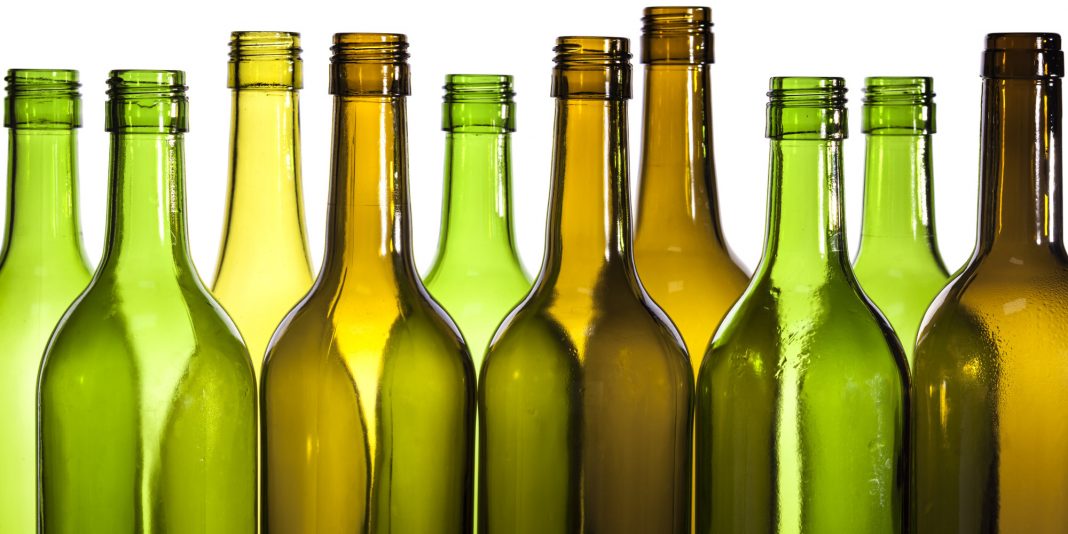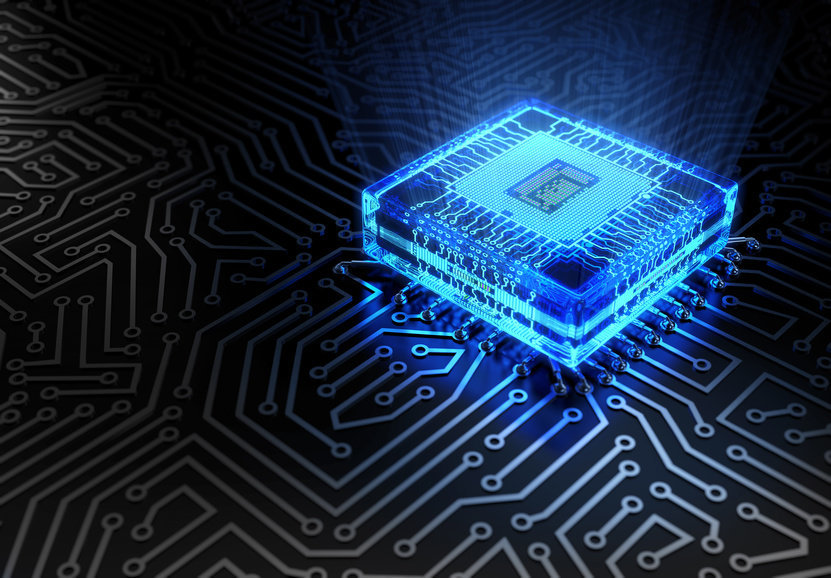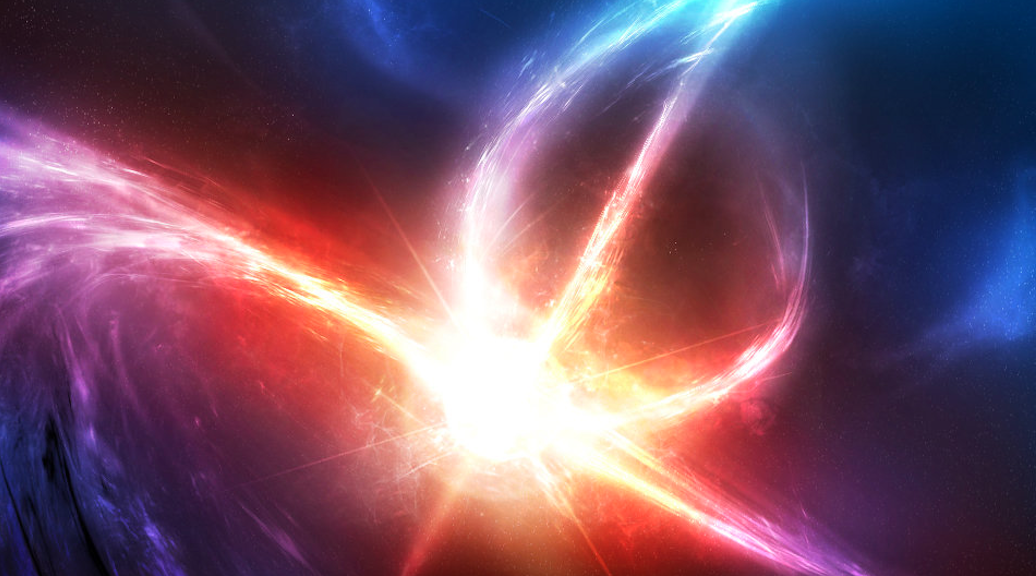Billions of glass bottles end up in landfills every year, even with today’s recycling programs and it’s about time we found a way to put this some good use. Researchers from the University of California, Riverside’s Bourns College of Engineering have just discovered an ultra-green way of making nano silicon anodes for high-performance lithium-ion batteries by using waste glass bottles and a low-cost chemical process. Batteries made using this process will provide more power with fewer charges to consumer electronics like laptops and cell phones and also extend the range of electric vehicles.
An article describing the research was published recently in the Nature journal and is titled “Silicon Derived from Glass Bottles as Anode Materials for Lithium Ion Full Cell Batteries.” It goes on to explain how silicon anodes are capable of storing 10 times more energy than graphite anodes. However, expansion and shrinkage of the anodes during charging and discharging makes them unreliable. To combat this, researchers decided to downscale the silicon to the nanoscale. Also by combining a relatively pure form of silicon dioxide with a low-cost chemical reaction, batteries were created with a capacity about four times larger than conventional graphite anodes.
The three-step process of creating the anodes involves crushing and grinding the bottles into a fine white powder, transforming the silicon dioxide into nanostructured silicon and then coating the silicon nanoparticles with carbon in order to improve their stability and increase their energy storage capabilities. According to Changling Li, a graduate student in materials science and engineering and lead author of the paper, just one glass bottle supplies enough nano silicon for up to five pouch cell batteries or hundreds of coin cell ones. “We started with a waste product that was headed for the landfill and created batteries that stored more energy, charged faster, and were more stable than commercial coin cell batteries. Hence, we have very promising candidates for next generation lithium-ion batteries,” commented Li.
More News to Read











